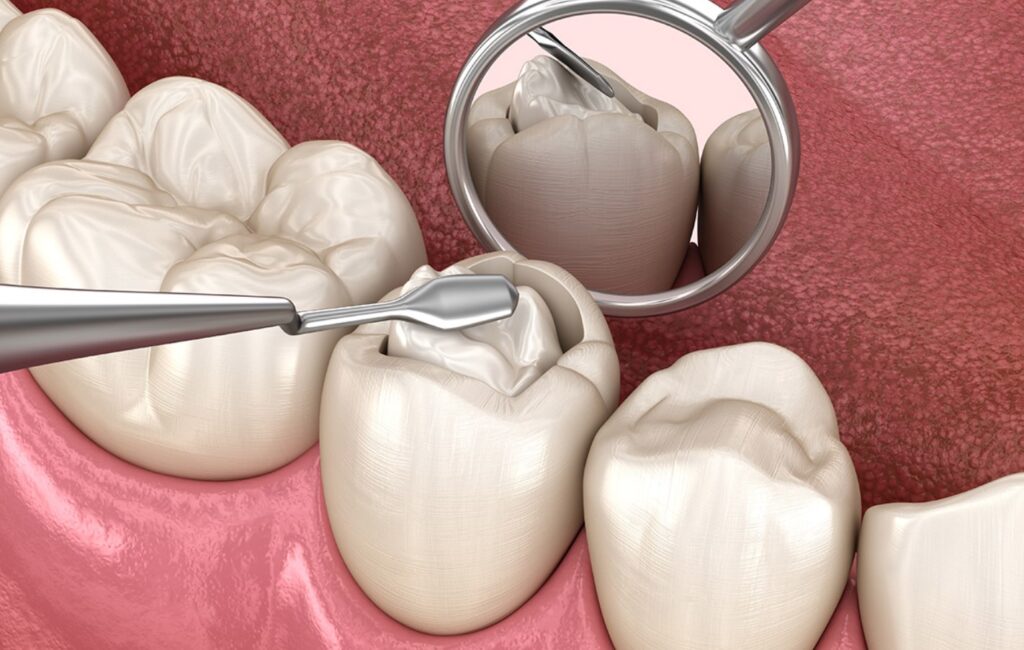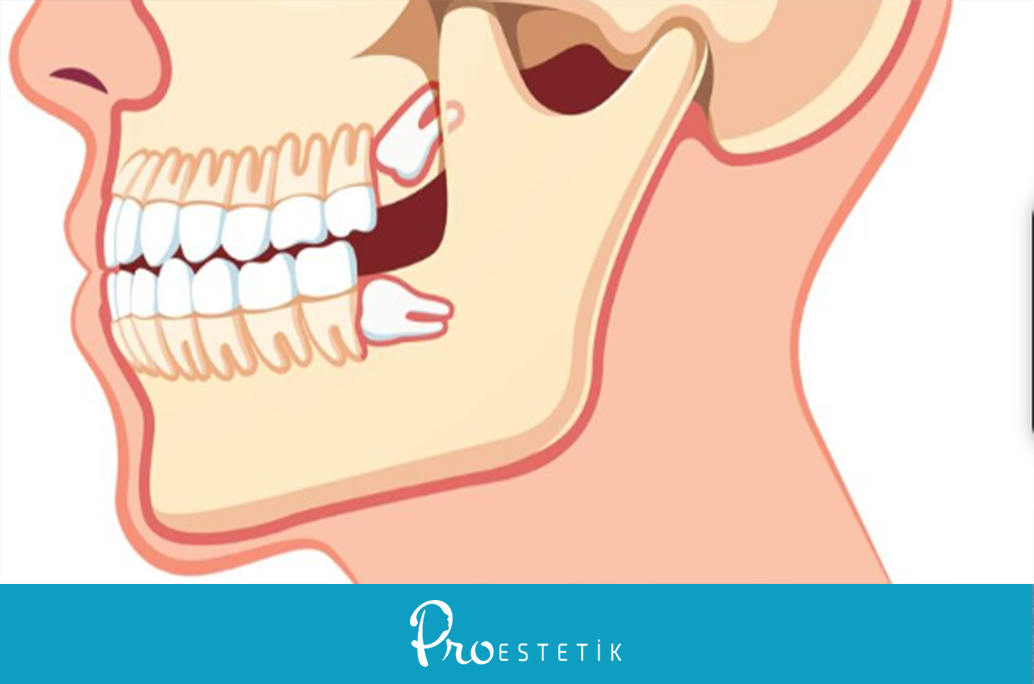A damaged or decayed tooth can be treated through dental fillings, allowing the patient to continue using their tooth without experiencing tooth loss.
Dental filling prices for the year 2024 are of great interest. We have compiled the current prices for you!
You can find up-to-date information on dental filling prices in this content. How is dental filling done? Here are the details...
Dental Filling Prices 2024 - CURRENT!

Dental Filling Prices 2023 Filling prices are determined by various factors related to the procedure performed on the tooth. Current fees are set as a base by the Turkish Dental Association (TDB). You can track the prices for dental fillings in the table below.
Dental filling prices for 2024 are as follows:
- Operation Price (VAT included %10) Amalgam Filling (One Surface) 38 £
- Amalgam Filling (Two Surfaces) 49 £
- Amalgam Filling (Three Surfaces) 61 £
- Composite Filling (One Surface) 43 £
- Composite Filling (Two Surfaces) 54 £
- Composite Filling (Three Surfaces) 67 £
- Inlay Filling - One Surface 88 £
- Inlay Filling - Two Surfaces 90 £
- Inlay Filling - Three Surfaces 92 £
- Ceramic Inlay Filling - One Surface 221 £
- Ceramic Inlay Filling - Two Surfaces 260 £
- Ceramic Inlay Filling - Three Surfaces 275 £
The above dental filling price list includes a 10% VAT fee. The specific dental filling price can vary based on various factors.
What is Dental Filling? Dental Filling Prices

Dental filling is the process of restoring a decayed or damaged tooth with various materials. If dental filling is applied before the tooth deteriorates further, the patient can continue to use their teeth without experiencing tooth loss. After cleaning the tissue, the filling is applied, allowing the patient to continue using their teeth.
Some decay in the mouth may appear white, making it challenging to notice. Regular dental check-ups during the year can help detect these decays, enabling early initiation of necessary treatment.
Let's touch on another topic related to dental filling prices: How is dental filling done?
How is Dental Filling Done?
In some cases, local anesthesia is applied to ensure the patient does not feel pain, although it may not be necessary. Then, the dentist removes the decay from the tooth. After this cleaning, the patient's tooth may have cracks or gaps. These gaps are filled with the most suitable filling material for the patient's tooth.
Depending on the filling material, the freezing time of the applied filling may vary. Dentists use special tools to ensure the filling freezes as quickly as possible.
After completing the filling process, the dentist checks the patient's mouth movements. The purpose of this check is to examine whether the patient can close their mouth correctly and evenly. If the dentist encounters any problems, they may adjust or trim the filling.
Once all procedures are completed accurately, the tooth returns to its previous function.
Another important aspect for dental filling prices! Types of materials...
Types of Dental Filling Materials Types of Dental Filling Materials

The cost of dental filling is significantly influenced by the filling material used in the treatment. Therefore, before providing price information, it is beneficial to learn about the types of fillings.
Today, various filling materials are available based on the patient's tooth structure. Let's look at some of them:
- Composite dental filling: It is an aesthetic dental filling, also known as resin filling. It is made of durable material and is the most commonly preferred filling type among patients. It closely matches the color of real teeth, creating a natural appearance. The lifespan of composite filling varies between 7 and 15 years.
- Porcelain filling: Made using porcelain material, it is often used when the composite filling is damaged in certain situations. It can last between 5 and 10 years. It is more durable, costing nearly 75% more than normal filling types.
- Gold filling: Made in the laboratory according to the individual's special request. It is the most durable and costly among dental fillings. It can be used for 15 to 30 years.
- Amalgam filling: Also known as silver filling, it contains a certain amount of mercury. Its strength is enhanced by materials such as copper, zinc, and tin. Due to the potential harm of mercury to human health, it is not frequently preferred. Its durability is around 10 years on average. It is especially used in the back teeth and gives a silver color to the tooth.
We can provide this information regarding dental filling prices. So, why does pain occur after filling treatment? Let's answer this question now...
What Influences Dental Filling Prices?
Dental filling is a commonly performed procedure. This procedure can be performed in different ways with different materials based on the patient's needs, leading to variable pricing.
Here are the factors influencing Dental Filling Prices:
- Type of filling material used,
- Patient's oral and dental structure,
- Dentist performing the filling,
- Clinic's pricing policy.
Why Does Pain Occur After Dental Filling?
Pain and discomfort in the tooth and gums may be felt after dental filling. In addition, sensitivity may be experienced when consuming hot and cold food and drinks. The reason for this is that during the removal of decay from the tooth, the tooth approaches the part where the blood vessels and nerves, called pulp, are located.
Additionally, if the filling procedure is not done correctly, meaning the tooth is not fully sealed after cleaning, food debris can accumulate in these areas, leading to pain.
Let's continue with additional information about dental filling prices...
What to Pay Attention to After Dental Filling Treatment? Dental Filling Prices

One of the most important aspects of dental filling treatment is what to pay attention to after the treatment. Let's explore:
- If the dental filling treatment was performed with anesthesia, nothing should be eaten or drunk until the anesthesia effect completely wears off. Otherwise, you may unintentionally bite your tongue or lip, causing sores in the mouth.
- The duration for the complete disappearance of the anesthesia effect varies from person to person. On average, the effect of anesthesia diminishes within 3 hours.
- In the first few weeks after the filling is done, sensitivity may occur in the tooth. In such cases, it is necessary to use the medications prescribed by your dentist.
- Chewing should be done on the side without the filling for a certain period.
- Sensitivity may occur in the gums after filling. These pains will decrease within a short period.
How Long Does Dental Filling Treatment Take?
The filling procedure for a tooth takes an average of 30 minutes, depending on the type of filling. However, this time may vary depending on the procedures to be performed on the tooth. Although the average duration is 30 minutes, it can also take up to 1 hour.
It is important to plan the treatment process well with the support of your doctor to achieve faster and more conclusive results.

 English
English Turkish
Turkish Deutsch
Deutsch العربية
العربية![[:en]Dental Filling Prices: 2024 Updated Data | Post-Filling[:tr]Diş Dolgu Fiyatları 2024 Güncel Veriler | Dolgu Sonrası![:de]Zahnfüllungspreise: Aktuelle Daten 2024 | Nach der Füllung[:ar]Zahnfüllungspreise: Aktuelle Daten 2024 | Nach der Füllung[:] diş dolgu fiyatları](https://proestetik.com.tr/wp-content/uploads/2023/04/dis-dolgu-fiyatlari-2.jpg)










